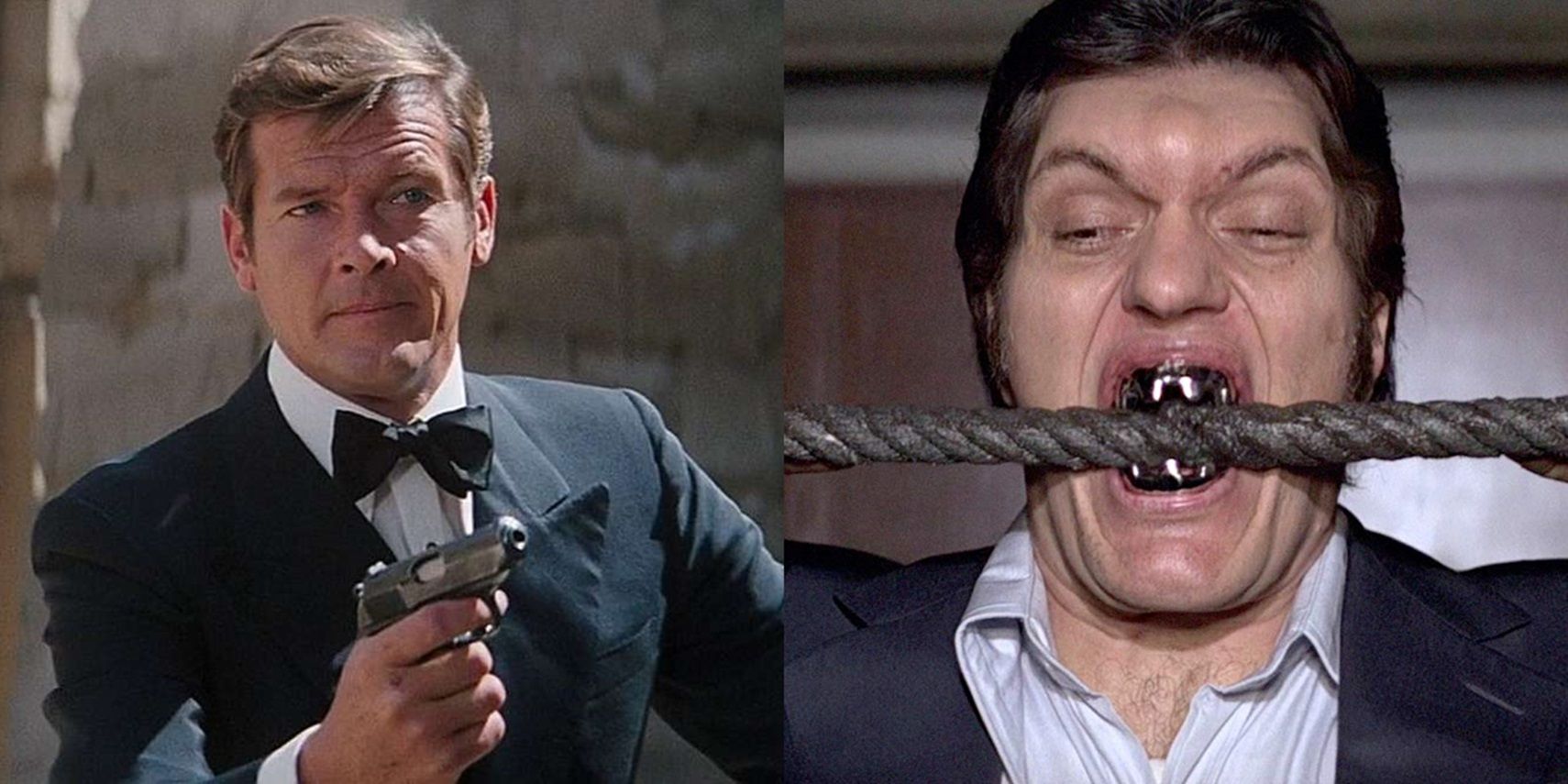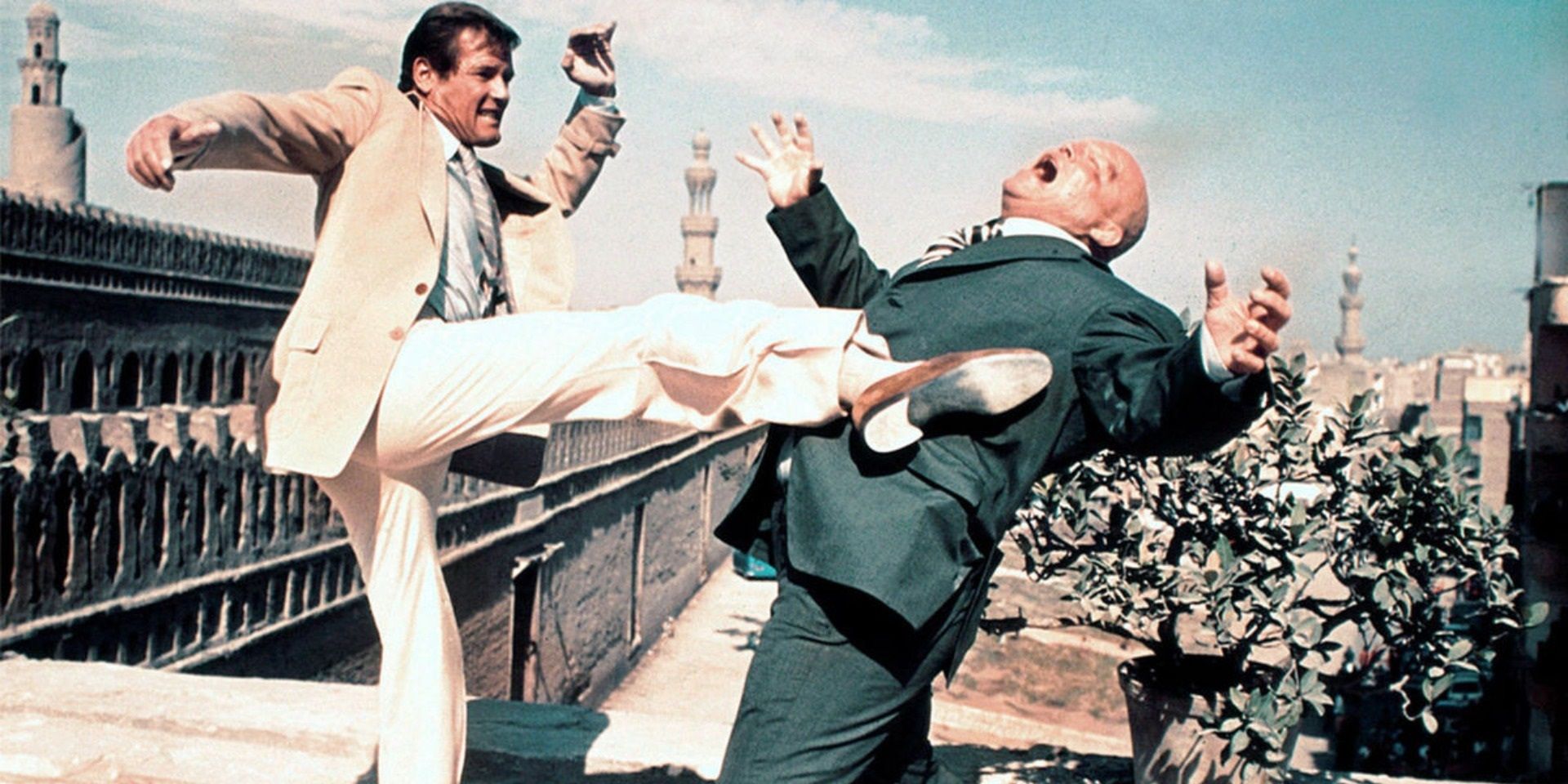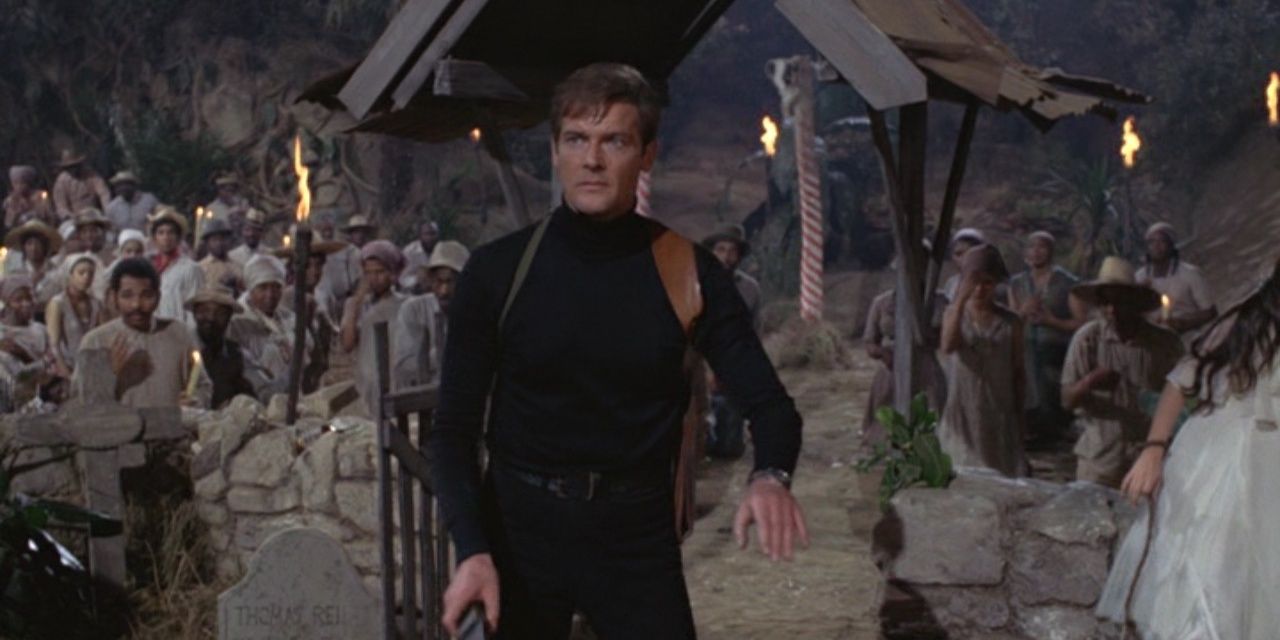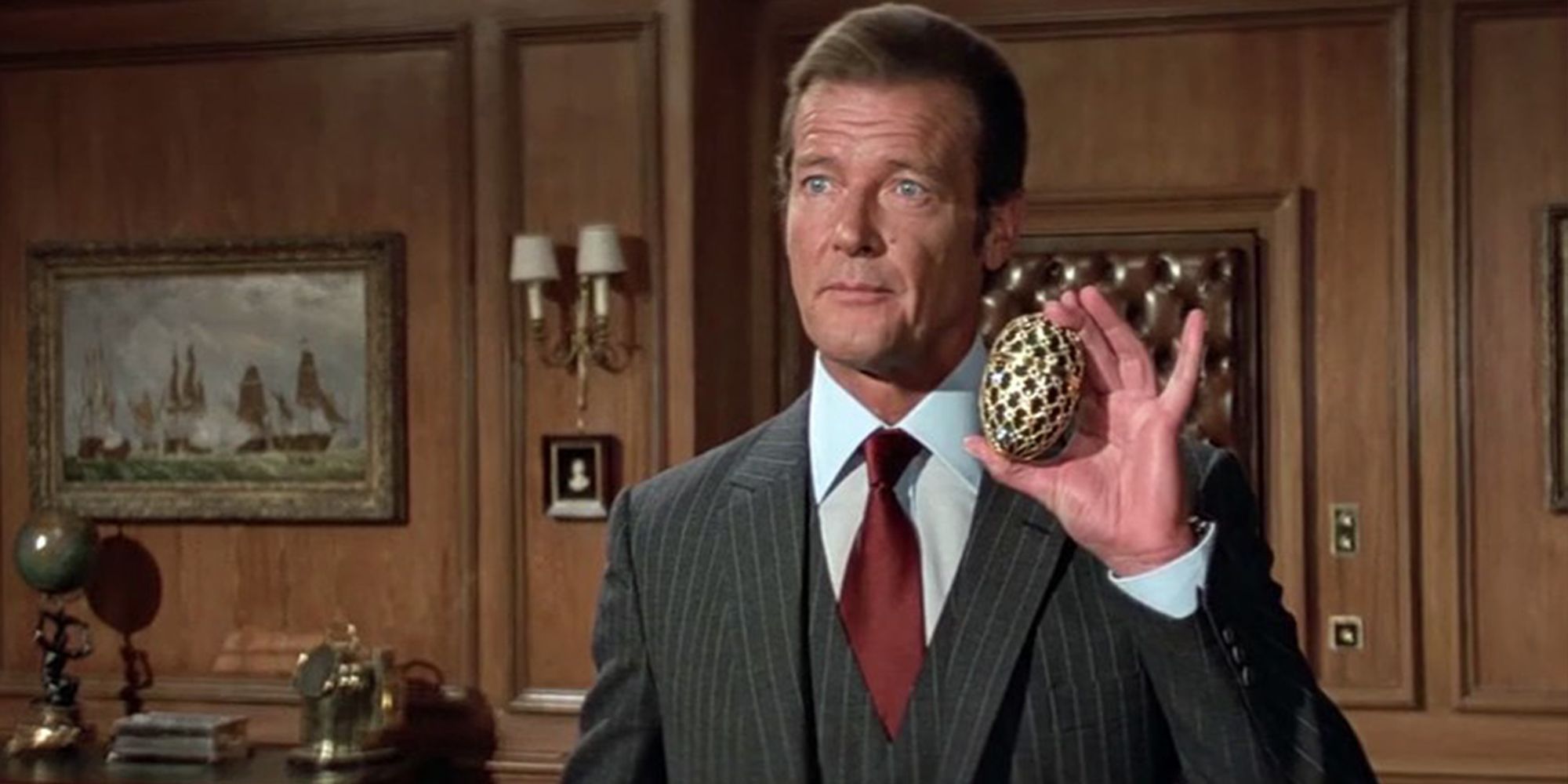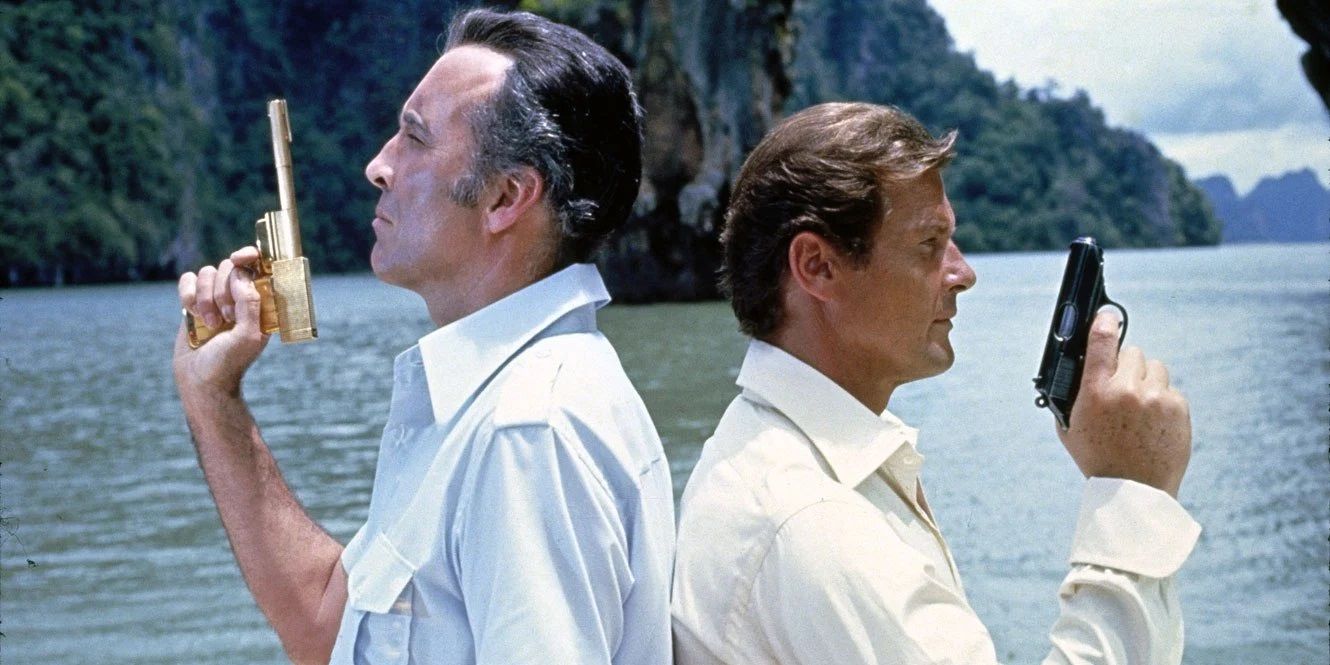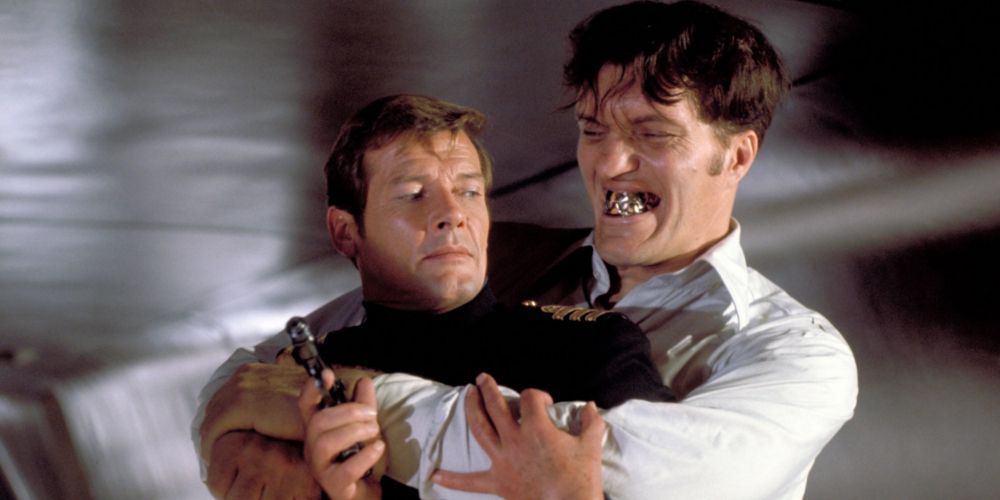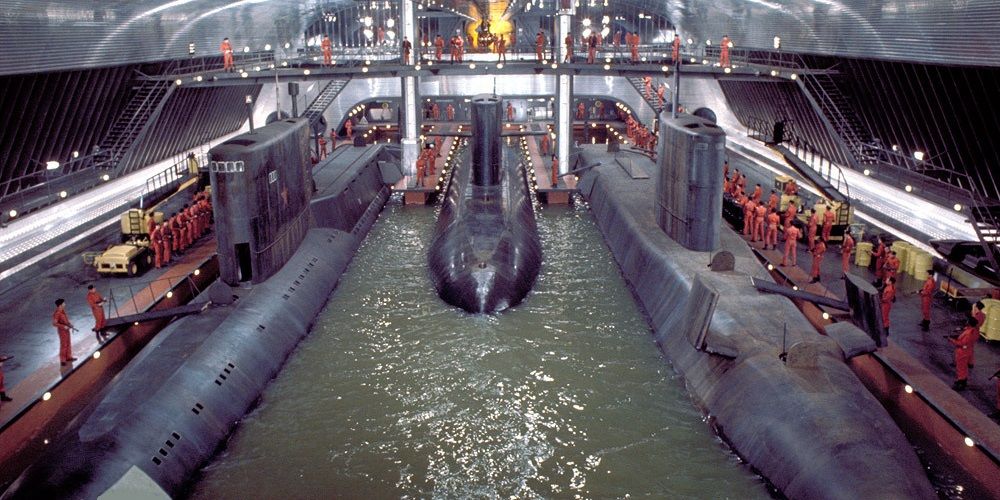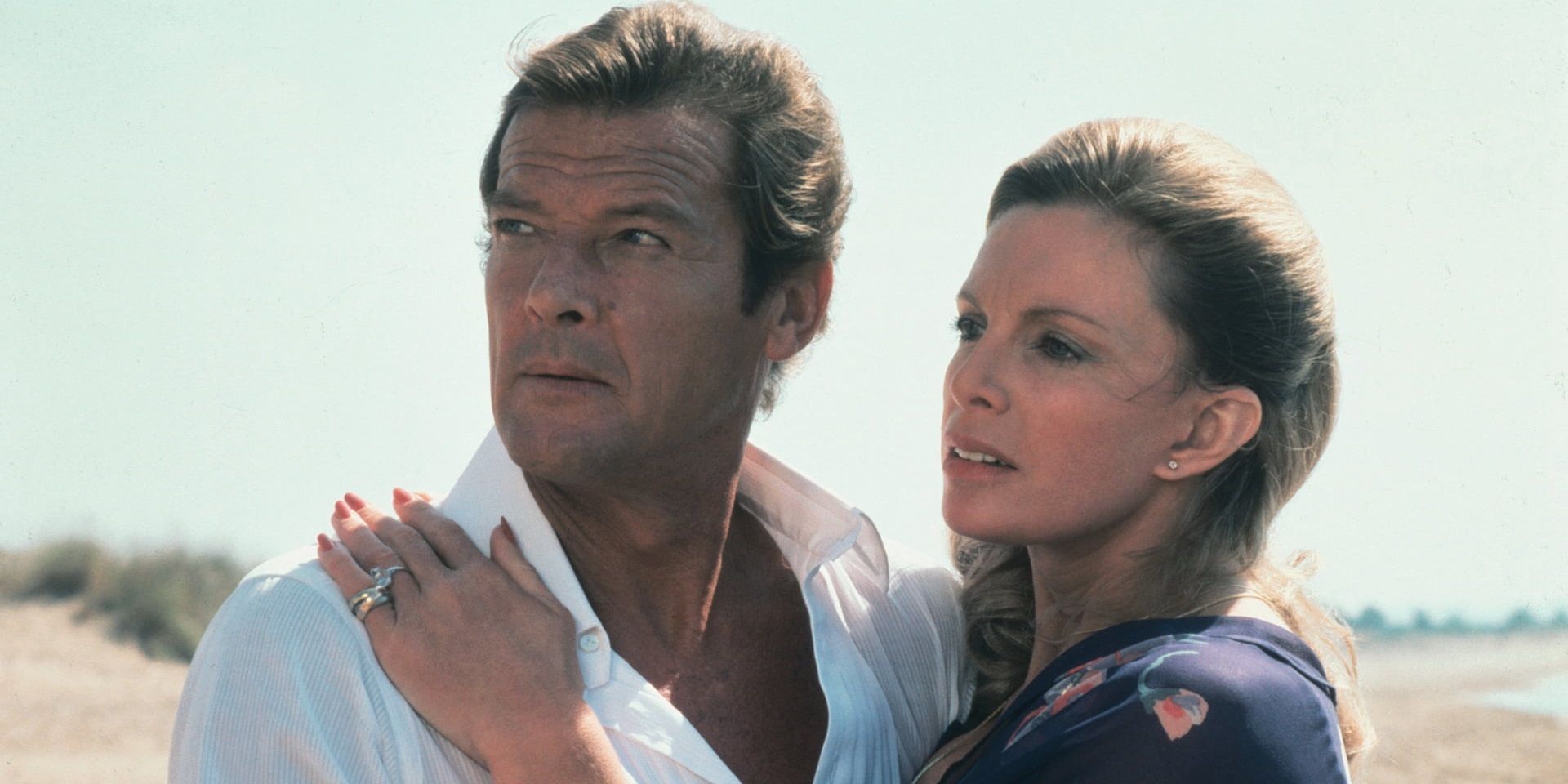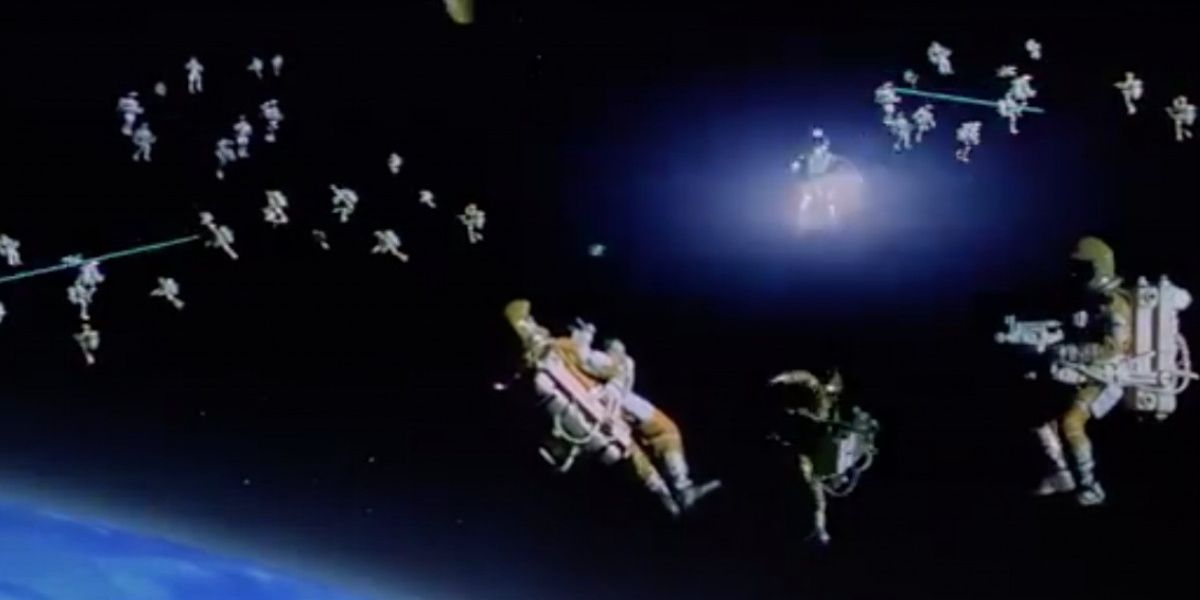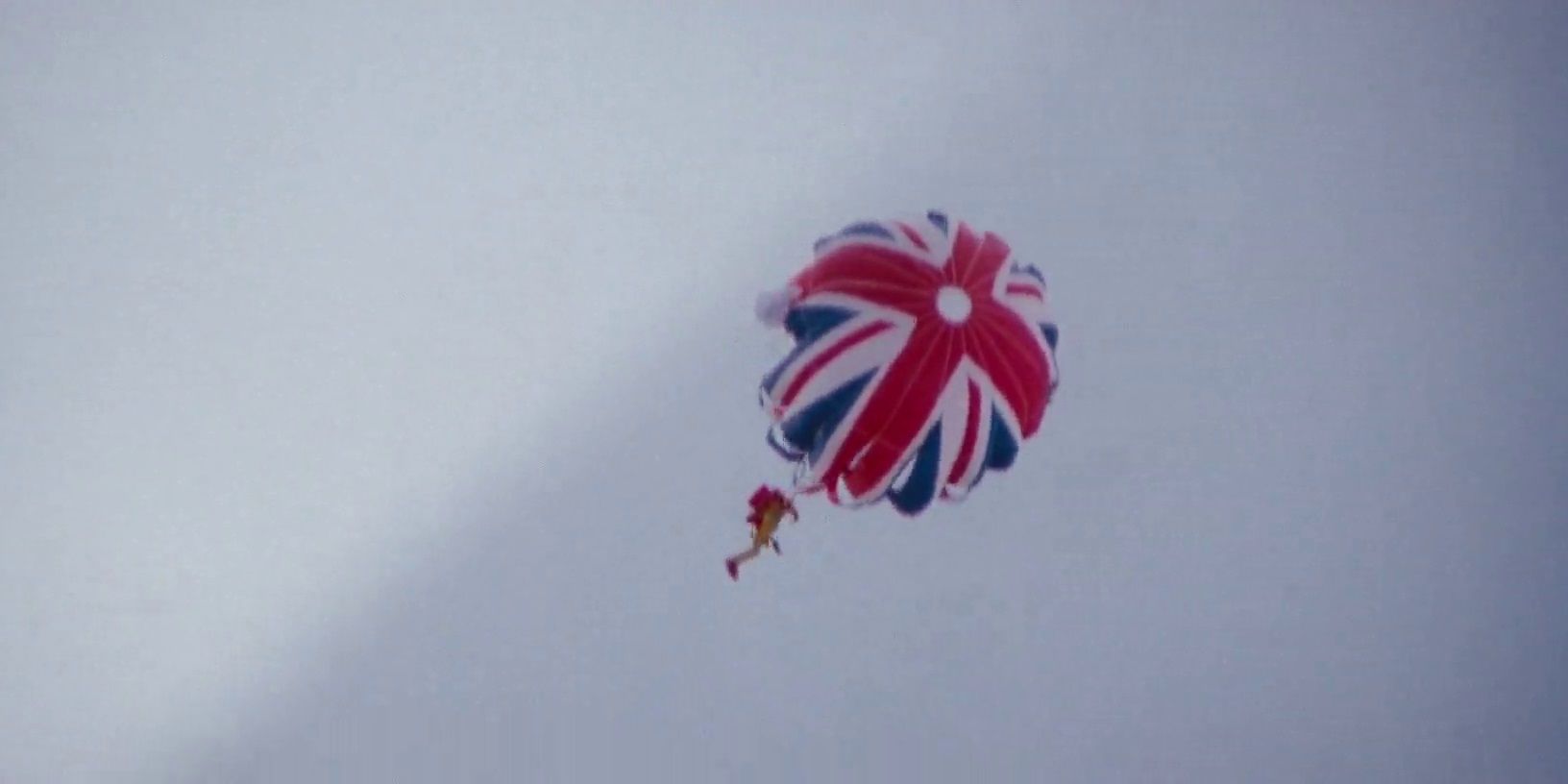No actor has continuously held the role of James Bond for as long as Roger Moore. Between 1973 and 1985, Moore starred in seven movies as everyone’s favorite gentleman spy. Moore’s stint began with a bang in Live and Let Die and ended with a whimper in A View to a Kill.
Contemporary reviews for Moore’s movies were mixed, but he’s royalty in the context of Bond’s storied history. From the tongue-in-cheek humor to Richard Kiel’s hysterical turn as henchman Jaws, these narrative and performative elements in Moore’s Bond movies still hold up today.
Roger Moore’s Smooth Portrayal Of James Bond
By the end of his tenure as James Bond – the longest in the franchise’s history – Roger Moore was showing signs of having aged out of the role. But his performances as 007 were always suitably smooth and charismatic in comparison to his Scottish predecessor's more violent portrayal of the super spy.
Every Bond actor has come up with their own take on the role. Timothy Dalton’s underrated portrayal of 007 was subversively dark, Daniel Craig brought a gritty realism to the table, etc. Moore’s Bond was defined by his cool attitude and sense of humor, which fit well the 1970s and early 1980s time period.
Wings’ Iconic Live And Let Die Theme
There were a bunch of memorable Bond themes in the Roger Moore era, like Carly Simon’s “Nobody Does It Better” from The Spy Who Loved Me and Rita Coolidge’s “All Time High” from Octopussy, but the greatest was the Live and Let Die theme by Paul McCartney & Wings.
Wing’s Live and Let Die theme, which transcended its attachment to the 007 franchise to become a regular pop hit, was the first Bond theme to be nominated for the Academy Award for Best Original Song (not counting the 1967 spoof Casino Royale). It's one of the few Bond songs that continues to be popular today and is a staple at Paul McCartney's concerts.
Tongue-In-Cheek Humor
Sean Connery’s Bond movies had plenty of humor, but the Roger Moore movies took it to another level with a more overtly comedic tone and, on top of that, a more offbeat, quirky sensibility.
The comedy doesn’t quite land in Octopussy (the clown disguise is more likely to elicit eye-rolls than chuckles), but for the most part, the uniquely tongue-in-cheek sense of humor is what set Moore’s Bond movies apart from the others. A great example of Moore's sly humor is his seduction of Jane Seymour's Solitaire in Live and Let Die, which has the cynical Bond trick the naive Bond girl into thinking she actually possesses precognitive powers.
The Climactic Duel In The Man With The Golden Gun
On the whole, The Man with the Golden Gun received negative reviews, but most critics enjoyed the great Christopher Lee’s portrayal of the villain Scaramanga, a sharpshooter with a very similar skillset to 007 himself. The movie culminates in a duel between Bond and Scaramanga.
This duel makes for a thrilling and unconventional climax. Bond movies usually culminate in a big shootout with legions of henchmen at the villain’s lair, so it was a refreshing change of pace to see a pared-down one-on-one conflict.
Richard Kiel’s Fan-Favorite Henchman Jaws
While the megalomaniacs that Bond investigates are the most important villains in the 007 franchise, the henchmen he fights along the way are often the most fun. Richard Kiel’s hilarious turn as steel-teethed side villain Jaws captured the hearts of Bond fans everywhere.
Initially, Jaws was only supposed to appear in The Spy Who Loved Me, but he proved to be so popular among fans that he was brought back with a much larger role in Moonraker. In that movie, Jaws becomes more sympathetic and is even given a love interest with Blanche Revalec's bespectacled nerd Dolly.
The Supertanker Finale In The Spy Who Loved Me
The more ridiculous and grandiose a Bond villain’s hideout is, the better, because it’s usually the setting of the final battle. In The Spy Who Loved Me, the villainous Karl Stromberg’s lair is a gigantic supertanker called “the Liparus.” The movie’s Liparus-set finale manages to top all the mind-blowing action that came before it.
Production designer Ken Adam avoided a shallow rip-off of his own work on the S.P.E.C.T.R.E. headquarters in creating the supertanker on one of the largest soundstages in the world.
The Darker Tone Of For Your Eyes Only
After Moonraker sent 007 to space, Moore’s follow-up Bond movie For Your Eyes Only returned to the series’ more grounded roots with a grittier, more realistic tone and a story about the consequences of revenge.
In the movie, Bond teams up with Melina Havelock, a woman seeking retribution for the murder of her parents. The film’s darker tone was a welcome surprise following Moonraker’s over-the-top sci-fi adventure, which was largely panned by both critics and fans.
Experimenting With Different Genre Frameworks
All of Sean Connery’s Bond movies were more or less traditional spy movies, but the producers expanded to different genre frameworks in the Roger Moore years. They followed Hollywood’s trends to experiment with new styles and concepts.
Live and Let Die capitalized on the blaxploitation phenomenon. The Man with the Golden Gun cashed in on the kung fu movie craze. Moonraker sent 007 to space in response to the runaway box office success of Star Wars. Throughout the Moore era, the Bond producers used different genres to keep the series’ formulaic entries nice and fresh.
The Breathtaking Pre-Title Action Sequence In The Spy Who Loved Me
One of the fan-favorite hallmarks of the Bond franchise is the pre-title action sequence. A thrilling set-piece before the opening credits gets the audience on the edge of their seat nice and early.
Easily the most spectacular cold open of the Moore era – and maybe of the entire franchise – is the Union Jack parachute jump from The Spy Who Loved Me. This jump is one of the greatest stunts ever captured on film, setting up one of Bond’s finest cinematic outings. This sequence was later replicated by a stuntman dressed as James Bond who parachuted during the opening ceremonies of the 2012 Summer Olympics in London.

